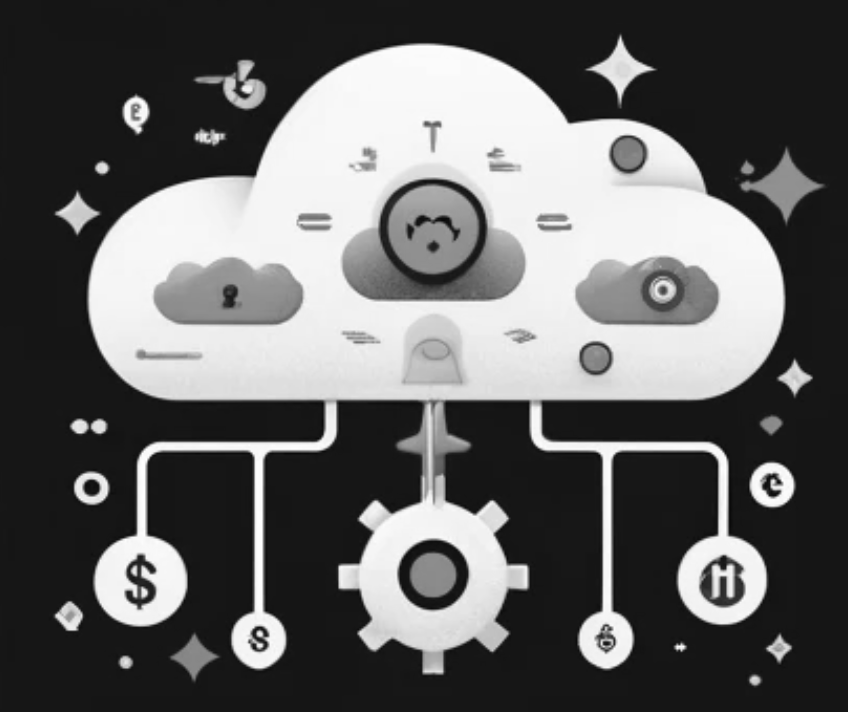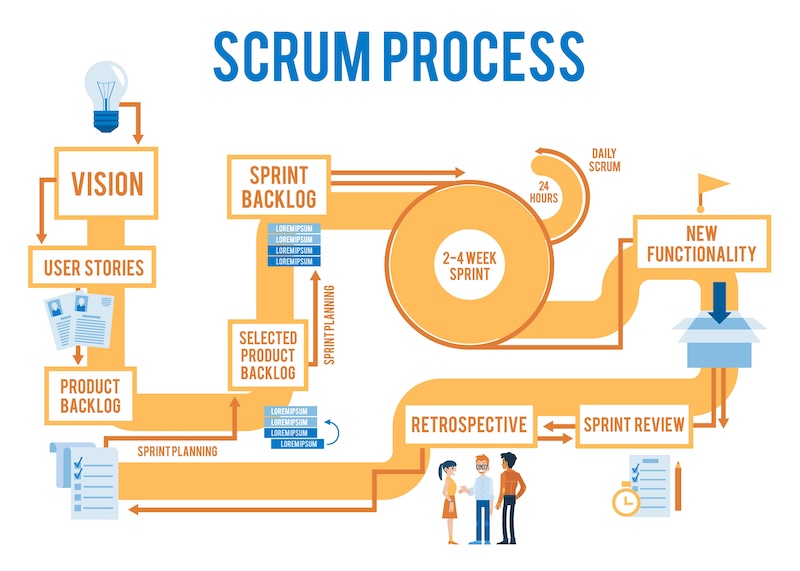Thorough Analysis and Planning
The process began with a thorough analysis of the legacy system and gathering enhancement requirements. Roadmap planning ensured a clear path forward, identifying key milestones and deliverables over an 18-month timeline.
Understanding the existing system's intricacies was crucial for developing a robust and improved application.
This proved challenging as the business lacked sufficient documentation for the legacy system.


